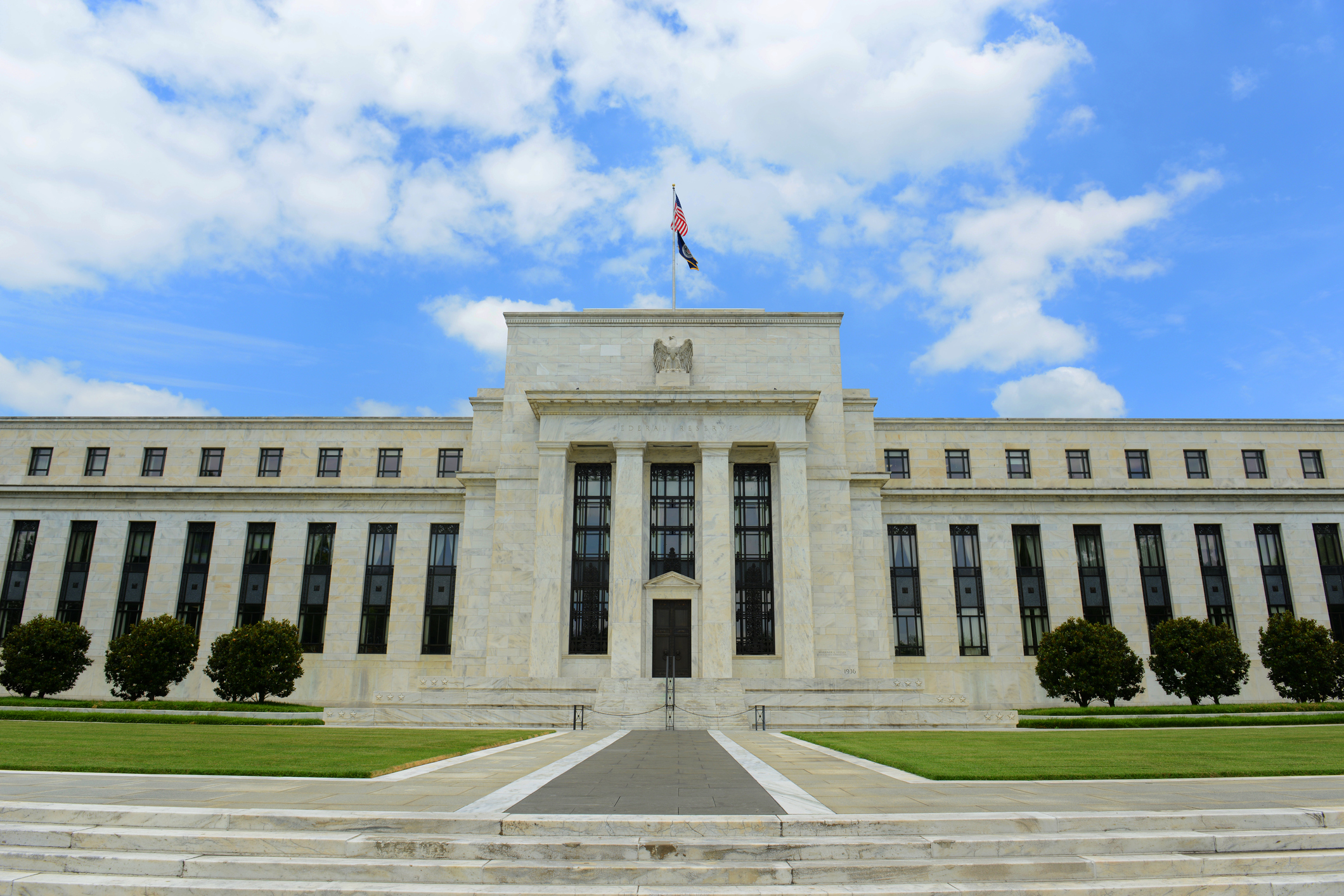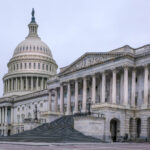The Bleak Long-Run Outlook: US Fiscal Policy and How to Improve It
Alex Brill | A MLI Anglosphere Series
The United States is slowly but surely headed toward a federal debt crisis certain to inflict serious economic hardship on future generations. Today, the amount of federal debt held by the public stands at $14.8 trillion (all figures in this paper are in US dollars). While the US economy is expected to grow 76 percent in the next 30 years, that debt burden will, in inflation-adjusted terms, increase by over 240 percent during that time. Returning to a sustainable fiscal outlook will require hard choices and a clear understanding of both what led us to this point and the economic consequences of inaction.
Not all strategies to address the fiscal imbalance are equivalent. Both when reform occurs — ideally soon, before the burden becomes unmanageable — and what specific actions are undertaken will have meaningful effects on the long-run course of the US economy. For example, unanticipated and large tax increases may induce a recession, while gradual reductions in entitlement spending for future generations may encourage workers to increase their savings rate and foster long-run growth.
The objective of this essay is to explain the fiscal challenge and weigh the options to rectify it.












